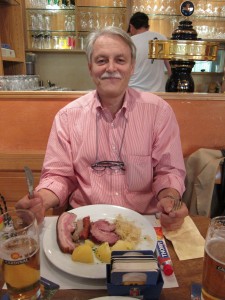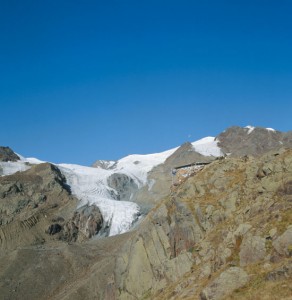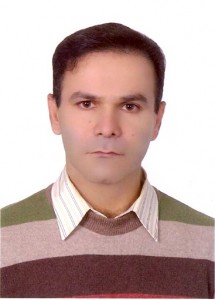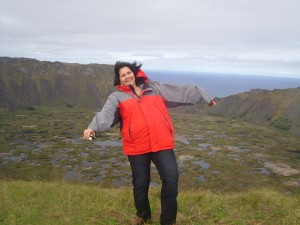Our first featured author is (retired) Professor Angelo Gavezzotti of the University of Milan (Italy), working in the broad area of the physical chemistry of solid state materials.
Angelo is no stranger to NJC; after publishing several articles in the first years of the journal, when it was still known as Nouveau Journal de Chimie, he has recently returned as an author. In his article published in the July issue, he goes from static crystallography to the evolution and dynamics in organic crystals studied by computer simulation. This 5-year project included force field development and the writing of a new Monte Carlo simulation code, both of which had to be calibrated to organic crystals. The application of an order parameter bias to the MC code allowed it to be used to study dynamics and crystallisation.
“Equilibrium structure and dynamics of organic crystals by Monte Carlo simulation: critical assessment of force fields and comparison with static packing analysis” by Angelo Gavezzotti, New J. Chem., 2013, 37, 2110-2119. DOI: 10.1039/C3NJ00181D
To show us his favourite place on earth, Angelo didn’t look far: it is the Rifugio Larcher al Cevedale in the Trentino region of Italy.
Our next guest is Professor Mohsen Adeli, who is in the chemistry department of Lorestan University in Khoramabad (Iran). His research deals with the organic chemistry and synthesis of nano materials applied to nanomedecine.
In his NJC Letter, short carbon nanotubes have been connected together using dendritic copolymers to produce very long and flexible CNTs. This process seems to be a promising strategy to avoid the fibrosis-like hazards of carbon nanotubes
“Preparation of long supramolecular carbon nanotubes” by Mohsen Adeli, Ebrahim Mehdipour and Siamak Beyranvand, New J. Chem., 2013, 37, 1871-1873. DOI: 10.1039/C3NJ41156G
Our last author is Verónica Paredes-Garcia, who is in the Chemical Sciences Department of the University Andres Bello in Santiago (Chile). Her research activities are focused on the synthesis, structural and magnetic characterization of polymetallic systems based on carboxylate ligands and transition metal ions, with a recent emphasis on polyfunctional 3d-4f inorganic materials.
The contribution from the research group in which Verónica works correlates the structural characteristics and magnetic properties of an iron 3D network compound, showing the contribution of basic science to the design of new metal-containing materials. The research was motivated by the fact that solvothermal synthesis allows materials with new and fascinating topologies and novel properties to be obtained.
“Structural and magnetic characterization of the tridimensional network [Fe(HCO2 )3]n·nHCO2H” by Verónica Paredes-García, Ignacio Rojas, Rosa Madrid, Andres Vega, Efrén Navarro-Moratalla, Walter Cañón-Mancisidor, Evgenia Spodine and Diego Venegas-Yazigi. New J. Chem., 2013, 37, 2120-2127. DOI: 10.1039/C3NJ00023K
Verónica likes to travel all over the world: she qualifies Isla de Pascua (Easter Island) as an amazing place that merits a visit.
Thanks to Véronica, Mohsen and Angelo for taking a few minutes to talk about themselves and their work!














